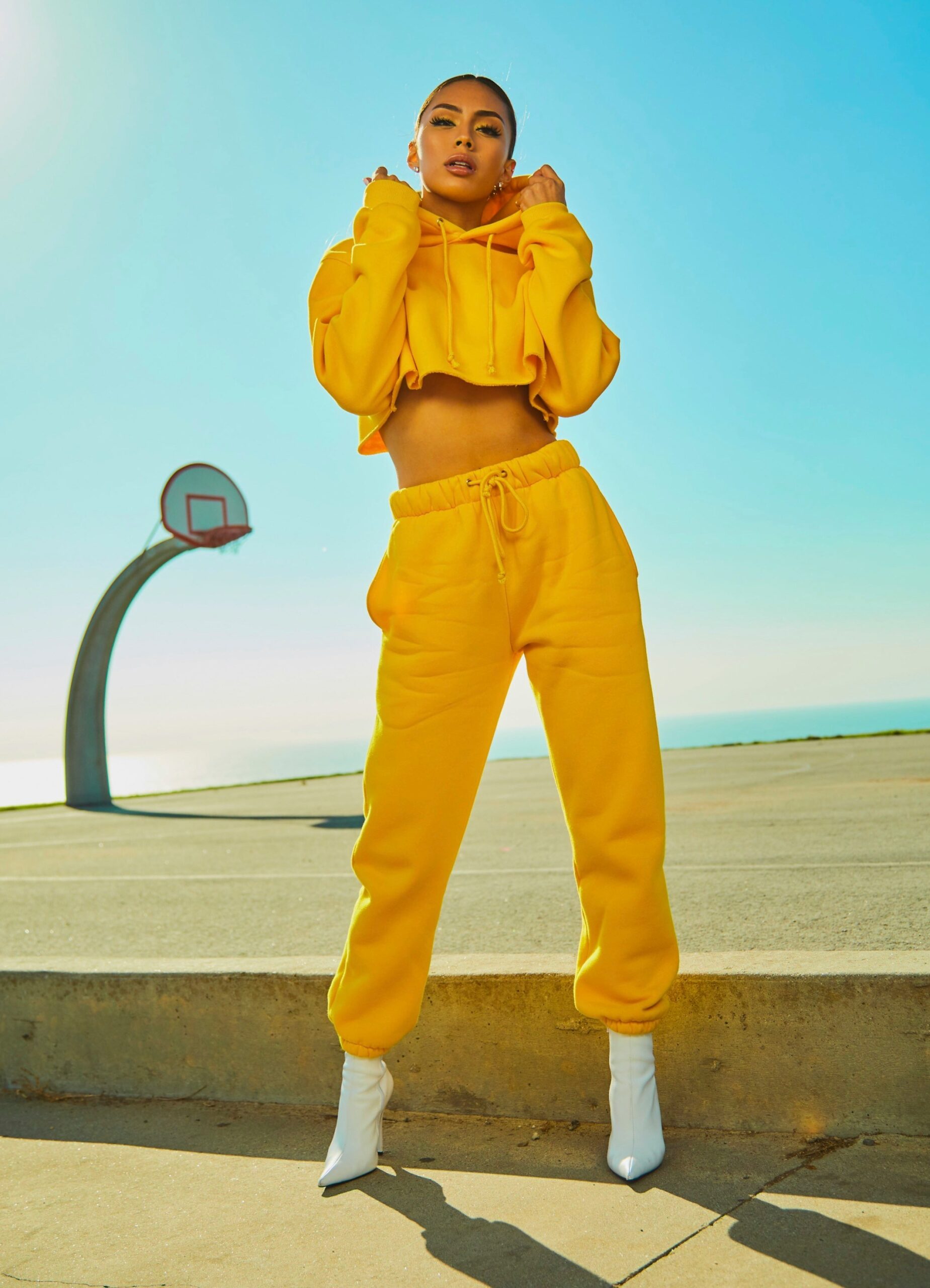

Introduction: The History of Clothing and Its Purpose
Clothing has been an essential part of human life since the dawn of civilization. From animal skins draped over our ancestors to today’s high-fashion runways, apparel tells a story deeper than mere fabric and thread. Initially crafted for protection against the elements, clothing evolved into something more—a canvas for self-expression and creativity.
As technology advanced and societies developed, so did clothing’s role in our lives. What began as a necessity transformed into a powerful tool for communicating identity, status, and individual style. The journey from basic cover-ups to haute couture mirrors not just changes in taste but also shifts in culture, economy, and values.
Join us as we explore this fascinating evolution of apparel—how it transitioned from functionality to fashion statement—and what lies ahead in this ever-changing world of style.
Functionality vs Fashion: How Priorities Shifted Over Time
From the earliest days, clothing served a practical purpose. It protected us from harsh weather and provided modesty. Functionality reigned supreme as survival dictated our choices.
As societies evolved, so did our relationship with apparel. With advancements in materials and techniques, garments began to reflect personal identity rather than mere necessity. A shift occurred; people started dressing not only for comfort but also to express individuality.
The industrial revolution further blurred these lines. Mass production made fashionable clothing accessible, allowing trends to emerge rapidly. Suddenly, what you wore could signify your social status or lifestyle.
Today’s fashion houses blend art with utility. Designers craft pieces that are beautiful yet functional—a delicate balance reflecting modern priorities. As we navigate this dynamic landscape, it’s clear that functionality and fashion continuously influence each other in fascinating ways.
The Rise of Designer Clothing and Branding
The fashion landscape transformed dramatically in the 20th century, driven by a surge in designer clothing and branding. What began as simple clothing evolved into powerful statements of identity.
Luxury designers like Coco Chanel and Christian Dior redefined elegance. They created pieces that transcended mere utility, turning garments into coveted treasures. Fashion shows became spectacles that showcased artistry, not just fabric.
This shift gave rise to brands that built loyal followings. Logos emerged as symbols of status and taste, often more recognizable than the clothes themselves. Consumers sought connection with these labels, believing they offered a glimpse into an elevated lifestyle.
With social media amplifying this trend, personal branding took center stage. Influencers now wield significant power; their endorsements can catapult a brand from obscurity to fame overnight.
Designer clothing is no longer just about looking good—it’s about expressing individuality within a crowded marketplace filled with choices.
Sustainable Fashion and the Shift Towards Conscious Consumption
Sustainable fashion has emerged as a response to the environmental and social issues plaguing the industry. Consumers are increasingly aware of the impact their choices have on the planet. This awareness is reshaping buying habits.
Brands are now prioritizing eco-friendly materials, ethical labor practices, and transparent supply chains. Shoppers seek quality over quantity, gravitating towards timeless pieces that can be worn for years rather than fleeting trends.
Secondhand shopping has gained momentum, with thrift stores and online platforms thriving. This shift promotes a circular economy where items find new life instead of ending up in landfills.
The rise of slow fashion champions thoughtful production cycles. It emphasizes durability and craftsmanship over mass-produced garments. As more people embrace conscious consumption, they contribute to a healthier planet while redefining what it means to be stylish today.
The Future of Apparel: Technology, Personalization, and Inclusivity
The future of apparel is poised for a revolution driven by technology. Imagine clothing that adapts to your body temperature or changes color based on your mood. Smart fabrics are already in development, pushing the boundaries of what garments can do.
Personalization is becoming essential. Shoppers now seek unique pieces tailored specifically to their tastes and sizes. Brands will leverage AI to create custom options at scale, making every item feel one-of-a-kind.
Inclusivity also plays a pivotal role in this evolution. The industry is shifting towards designs that cater to all body types, abilities, and identities. This movement encourages brands to embrace diverse representations in marketing and sizing.
As these trends converge, fashion will no longer be just about aesthetics but rather an experience—reflective of individual identity and collective values—a dynamic canvas for self-expression in an ever-evolving society.
Conclusion: Clothing as a Reflection of Society’s Values and Progress
Clothing is more than just a means to cover oneself; it serves as a mirror reflecting society’s values and progress. From the humble beginnings of protective garments, clothing has evolved into an expression of individuality and social status.
As functionality gave way to fashion, our attire began telling stories about who we are and what we believe in. The rise of designer labels transformed clothing from mere utility into symbols of aspiration. People started seeking authenticity not only through style but also via brand narratives.
Today, the movement toward sustainable fashion highlights the growing awareness around ethical consumption. Consumers are increasingly making choices that align with their values—prioritizing eco-friendly materials or supporting local artisans over fast fashion trends.
Looking ahead, technology promises even greater evolution in apparel design and personalization. Innovations like 3D printing may soon allow for unique fits tailored to individual preferences while fostering inclusivity within diverse body types.
Fashion will continue adapting alongside societal shifts, revealing deeper insights into cultural norms and collective consciousness. As each new trend emerges, it signals where we’ve been and where we’re headed—a testament to human creativity intertwined with evolving ideals.
